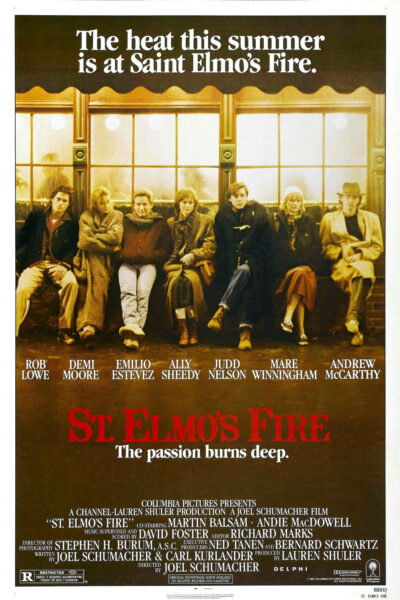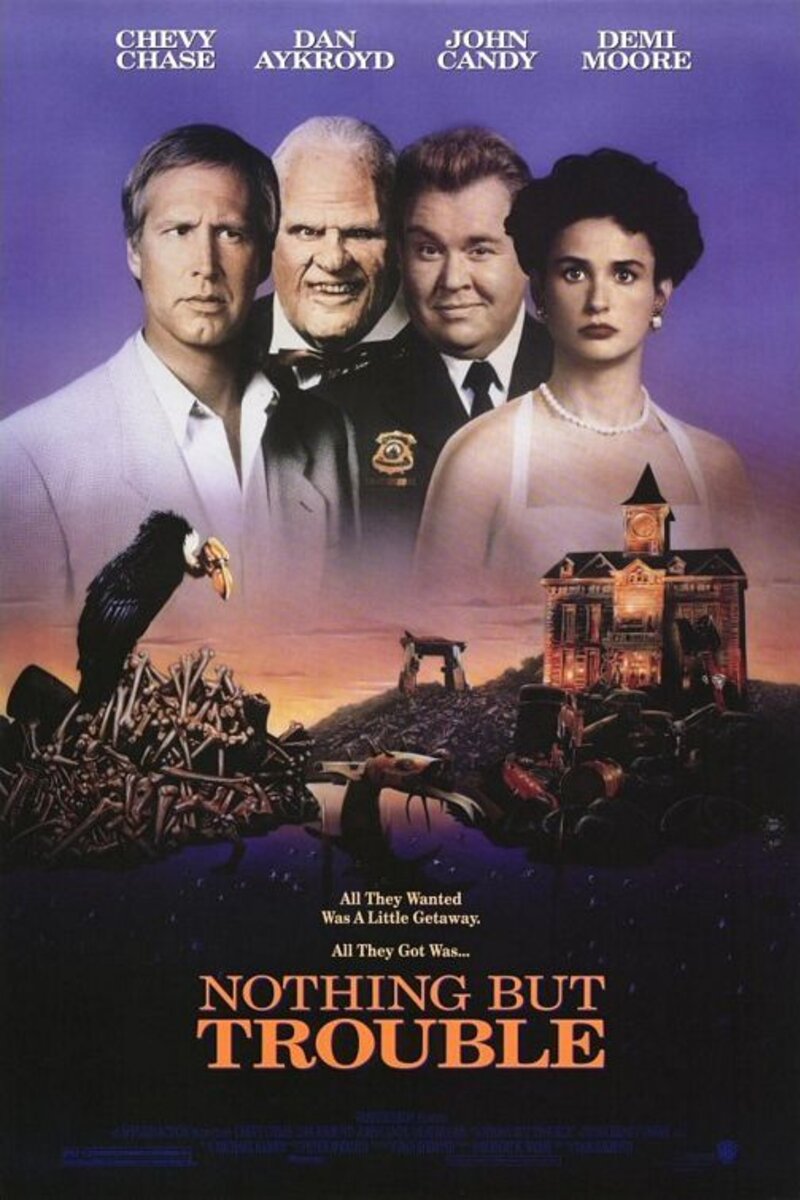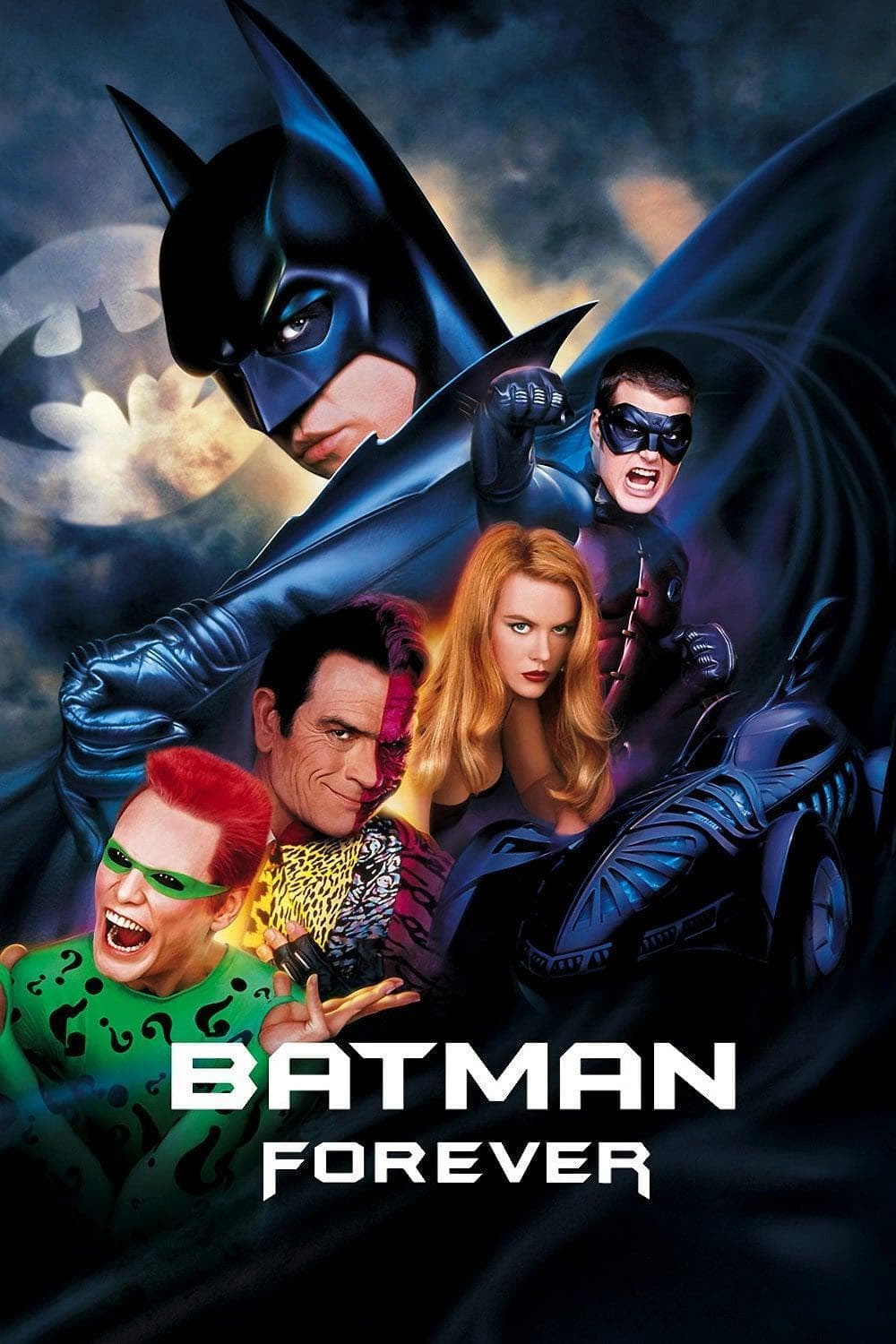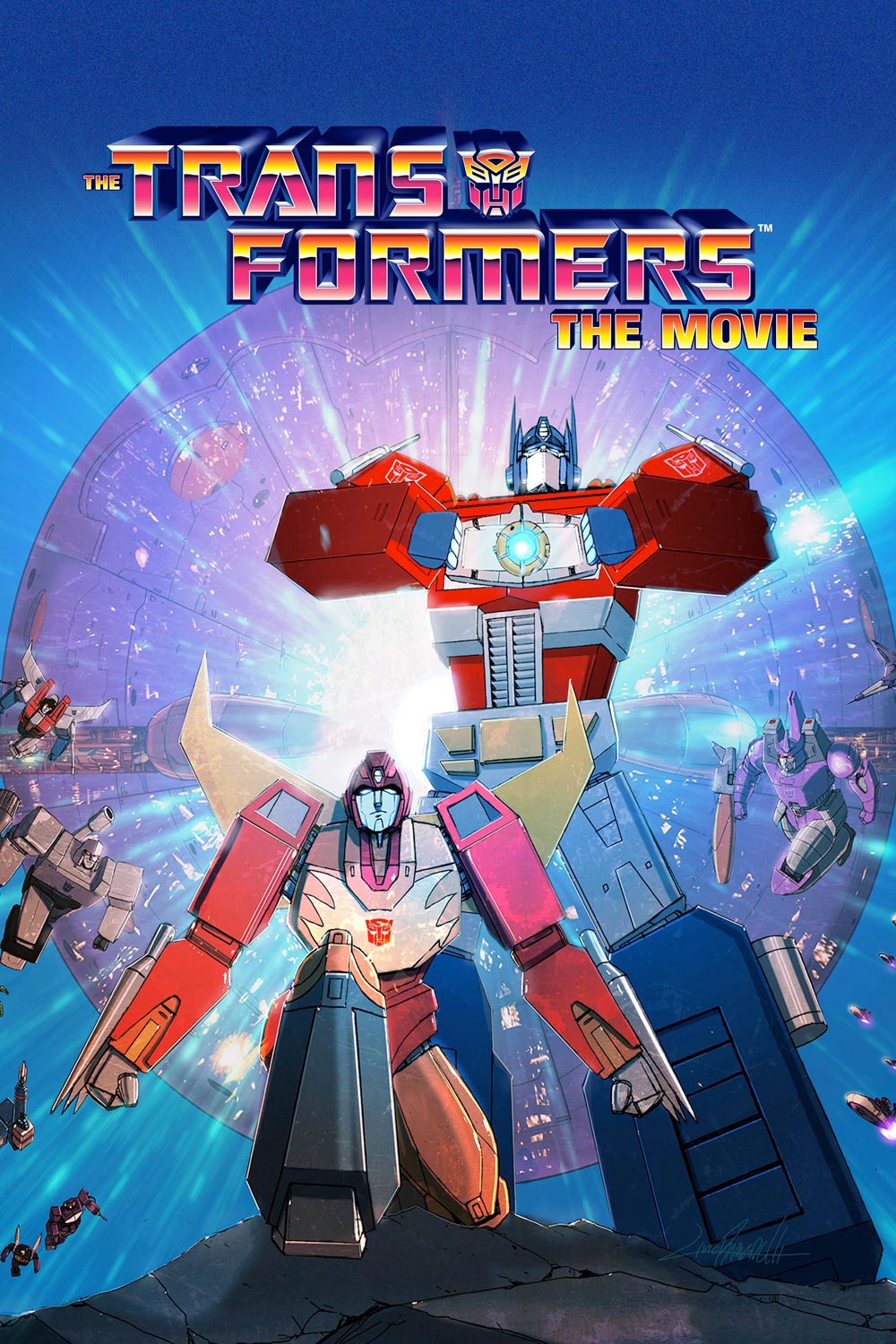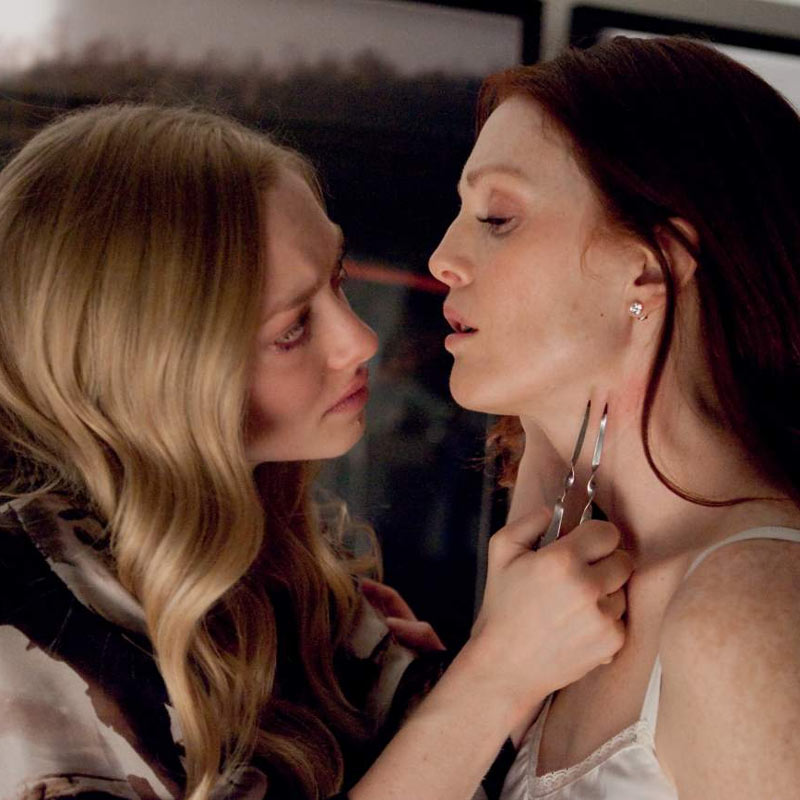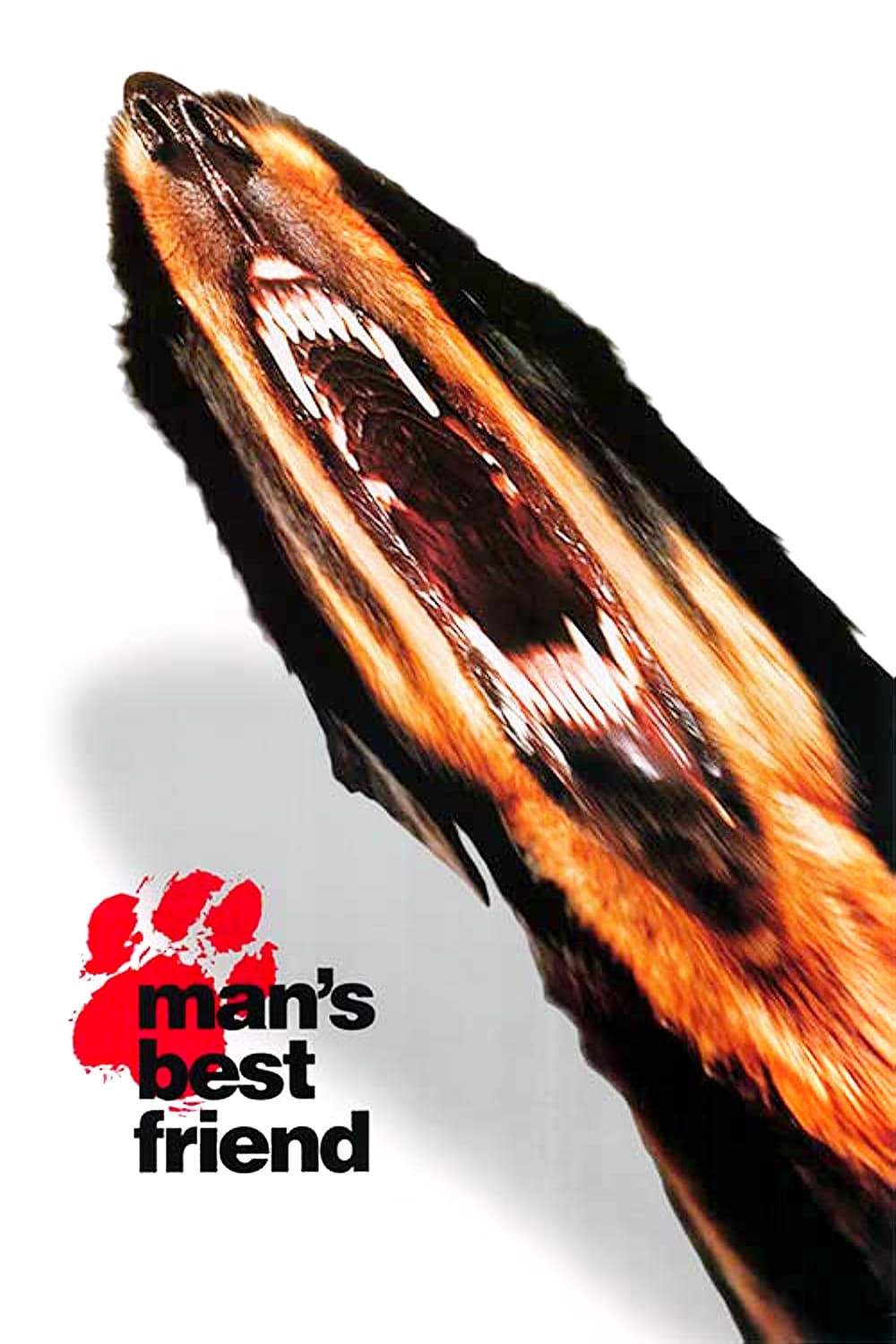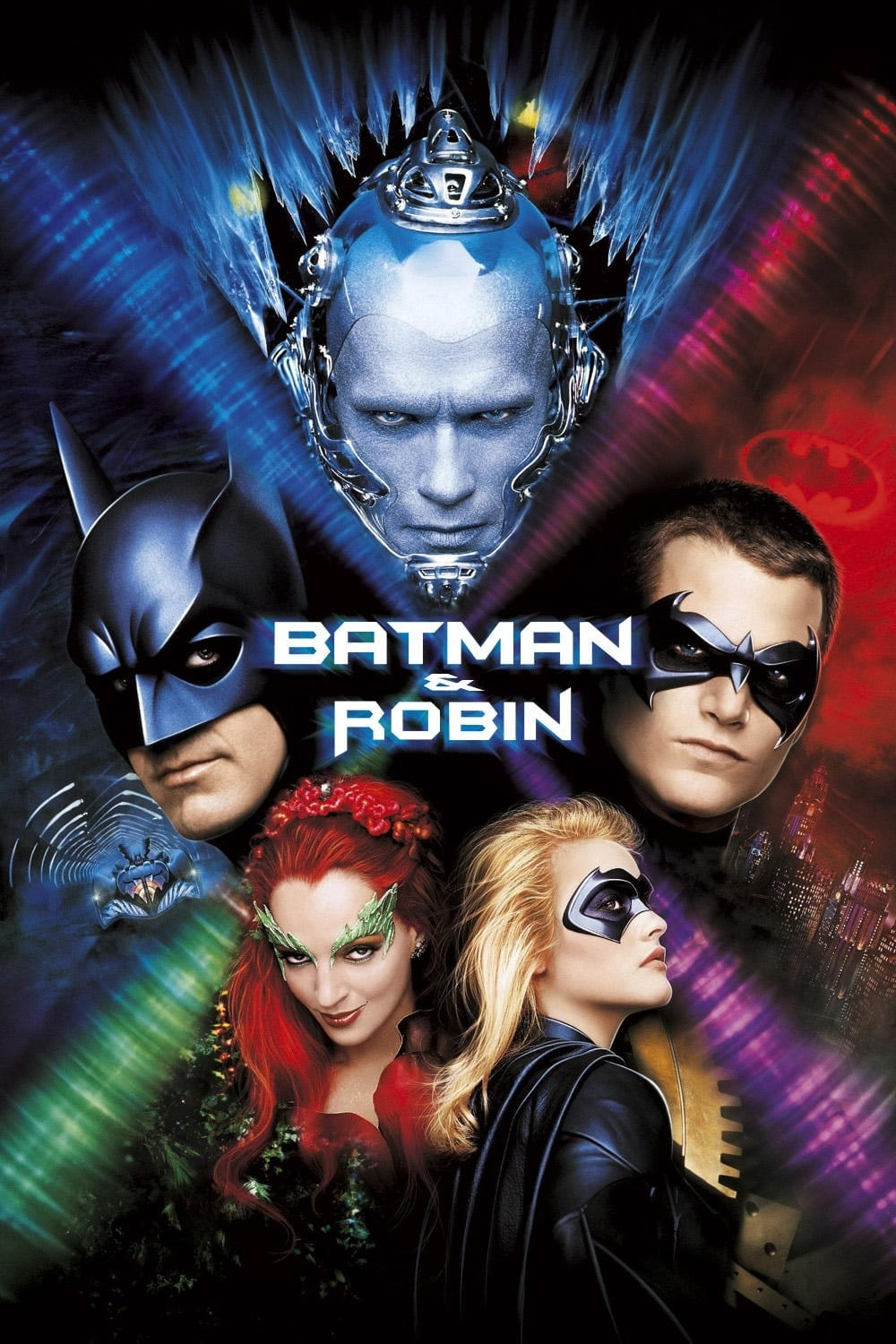Published on
Last week I watched Andrew McCarthy’s documentary “Brats”. It explores the Brat Pack, a group of young actors who frequently appeared together in coming-of-age films, and the impact on their lives and careers. While it offers a compelling peek into their world, at times it feels like a saga of Hollywood royalty wrestling with what some might dismiss as “first world problems”. A group of the biggest movie stars of the 80s whining about being labeled a “brat” in one critical exposé. One of the movies mentioned and regarded as a defining film of the Brat Pack era is 1985’s “St. Elmo’s Fire”.
“St. Elmo’s Fire” follows a group of seven friends who have recently graduated from Georgetown University as they navigate the challenges and uncertainties of adult life. The ensemble cast includes Alec (Judd Nelson), a driven and ambitious political aide; Leslie (Ally Sheedy), his girlfriend who dreams of more than just a suburban life; Kevin (Andrew McCarthy), a brooding writer secretly in love with Leslie; Jules (Demi Moore), a wild and free-spirited party girl; Kirby (Emilio Estevez), an aspiring law student infatuated with an older woman; Billy (Rob Lowe), a former frat boy struggling with his new responsibilities as a father; and Wendy (Mare Winningham), a kind-hearted social worker. As they confront their evolving relationships, career aspirations, and personal identities, they seek solace and guidance in each other, all while grappling with the harsh realities of life outside the college bubble.
“St. Elmo’s Fire” was one of the biggest hits of 1985. Its portrayal of recent college graduates grappling with post-college life resonated with a generation navigating similar transitions. The film’s ensemble cast, featuring rising stars like Rob Lowe, Demi Moore, and Emilio Estevez, became iconic figures representing youthful angst and camaraderie. Its themes of friendship, love, and the pursuit of personal identity amidst societal expectations struck a chord with audiences, cementing its place in pop culture. Additionally, the film’s soundtrack, particularly the hit single “St. Elmo’s Fire (Man in Motion)” by John Parr, became emblematic of the era, contributing to the movie’s lasting legacy in 1980s popular culture.
And yet, despite its enduring legacy, “St. Elmo’s Fire” fails to resonate with me in the same way as John Hughes’ contemporaneous films. The movie thrusts us into the lives of these seven characters, expecting us to quickly understand and empathize with them. While the cast boasts attractive actors, the characters themselves are deeply flawed, often crossing into unlikeable territory. Their behaviors sometimes challenge even the standards of the 1980s. For instance, Emilio Estevez’s character borders on stalking a former college date, while Rob Lowe’s character engages in sexual coercive behaviors towards women. Despite these flaws, the film asks us to root for and care about these individuals, a demand that can be difficult to reconcile with their problematic actions.
Andrew McCarthy’s portrayal of Kevin stands out as the most intriguing character in “St. Elmo’s Fire”. Initially perceived as gay by everyone, including street prostitutes, Kevin’s journey initially hints at a poignant exploration of coming to terms with his sexuality and potentially coming out. Written and directed by Joel Schumacher, who infused Kevin with some of his own experiences as an openly gay man, the character had the potential to deeply resonate emotionally. However, in a move typical of 1980s studio films, Kevin’s storyline takes a safer route: he harbors a secret crush on an unavailable girl. While understandable for the era, this choice prevented the film from pushing boundaries and achieving classic status beyond its association with the Brat Pack.
The standout feature of “St. Elmo’s Fire” is undeniably its cast. Like iconic films such as “The Outsiders” and “The Breakfast Club”, many of its stars would go on to define the 80s and even the 90s, with Demi Moore and Emilio Estevez leading the charge. Their camaraderie on screen feels genuine, as if they were more than just actors—they were a group of friends who happened to make a movie together. This dynamic gave rise to the “Brat Pack” label, highlighting a generation of young actors who rose to fame simultaneously. In reality, these individuals were often competing against each other during auditions.
Despite its significant cultural impact and iconic status among Brat Pack films, “St. Elmo’s Fire” ultimately fails to resonate with me on a deeper level. I struggled to empathize with Jules’ financial missteps or Billy’s post-college job instability. Alec’s political switch from Democrat to working for a Republican senator also didn’t quite capture my interest. While the camaraderie among the cast is palpable and contributes to the enduring legacy of the Brat Pack, the film’s reluctance to delve into more complex themes prevents it from transcending its era and achieving timeless classic status.

